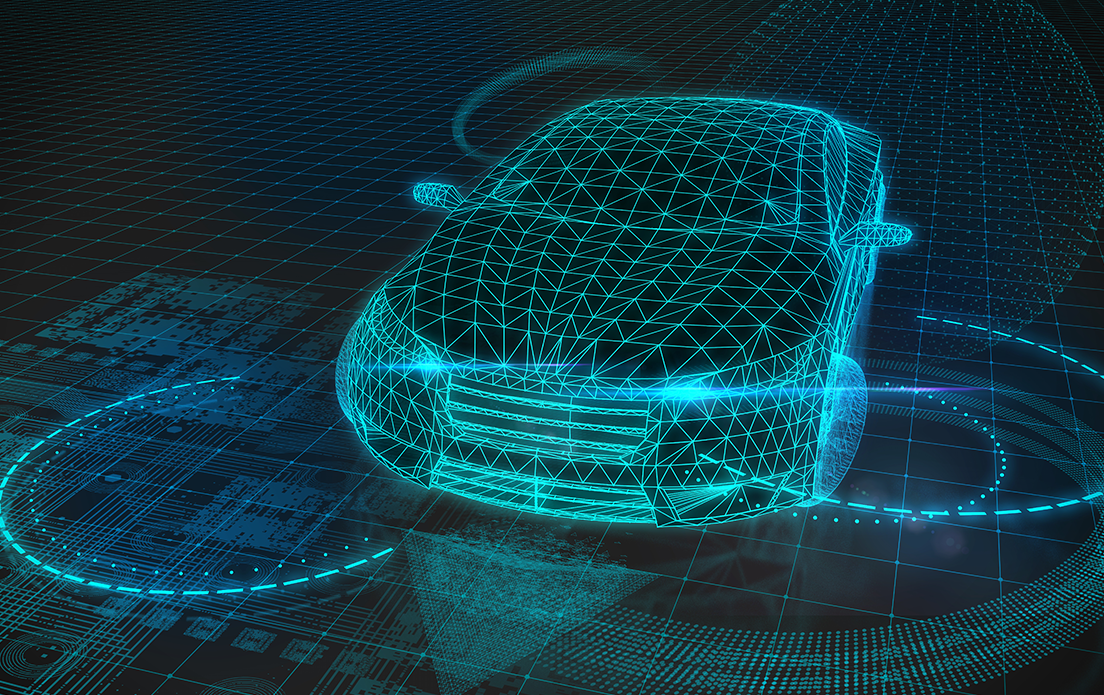The energy sector is developing rapidly. The process of European market integration began some years ago. Its purpose is to create a single European market that enables market parties to trade gas and electricity across national borders easily and efficiently.

Innovation @ TenneT
Our innovation policy benefits our stakeholders and is aimed at achieving our strategic objectives in accordance with our mission of ensuring a high level of security of supply and contributing to an integrated and sustainable North-West European electricity market.
This is what we are working on
Sail-out completed: TenneT’s 900 MW offshore platform DolWin kappa leaves shipyard in Cádiz
08/08/22
Would you like to be part of TenneT?
Get your career moving at TenneT - are you looking for exciting new tasks? Then you should have a look at our job offers.
Read more
